Open Chords
So what the heck is an "Open Chord" and how do I make one? Well, open chords are chords that use the open strings on a guitar. We will be looking at Major and Minor chords for now as these are the most important chords when starting and are important for building up on in the future.
We will look at the Major chords: A, E, and D to start. A good way to learn these chords can be to associate them to shapes. for instance A looks like a line, and D looks a little like an upside-down triangle. Using methods like these can help with remembering them, it's worth taking a couple of minutes to think of some shapes that work best for you!
Major chords tend to sound happy, resolved, and defined when played alone. Major chords are usually written as a letter on its own i.e A, B, C, D… You might hear them as A Major, or B Major too. A and A Major are exactly the same, and that goes for any chord.
To start, we will look at the Major chords: A, E, and D.
Major chords are great as they sound full, complete, and generally happy. There is another side which sounds darker. These are called minor chords and they tend to have a sadder, unresolved sound compared to a major chord. Minor chords are written by taking the Major chord and writing a lowercase “m” after it (which stands for minor). For instance: Am, Bm, Cm, Dm…. The first Minor chords we will look at are A minor, and E minor.
Some major and minor chords look similar, but it is important to try and remember which ones are major and minor. It is definitely worth using shapes again to remember these chords as it works really well!
Take your time learning these new chords so you don't get muddled up. They might not come through super clear to start with, but in time they will. They are completely new and will take a bit of time getting used to. I would start by learning 2 chords in the first day, and keep going over them until you are comfortable changing between them. Then when you are ready, add another chord in and try including that one in the changes. Keep going round until all the chords can be played and changed between each other.
Open Chords: Part 2
So once you are happy with the chords above, we can look at the other open chords. These ones are a little trickier as they are spaced a little further apart, but once they are under your fingers you will be able to play a LOT more songs! The ones we are going to look at are C Major, F Major (Half-shape), G Major, and D Minor. Again, shapes are key here! Also it is important for you to stretch your fingers before hand to make sure that you do not injure your hands. You can check out some exercises and stretches here!
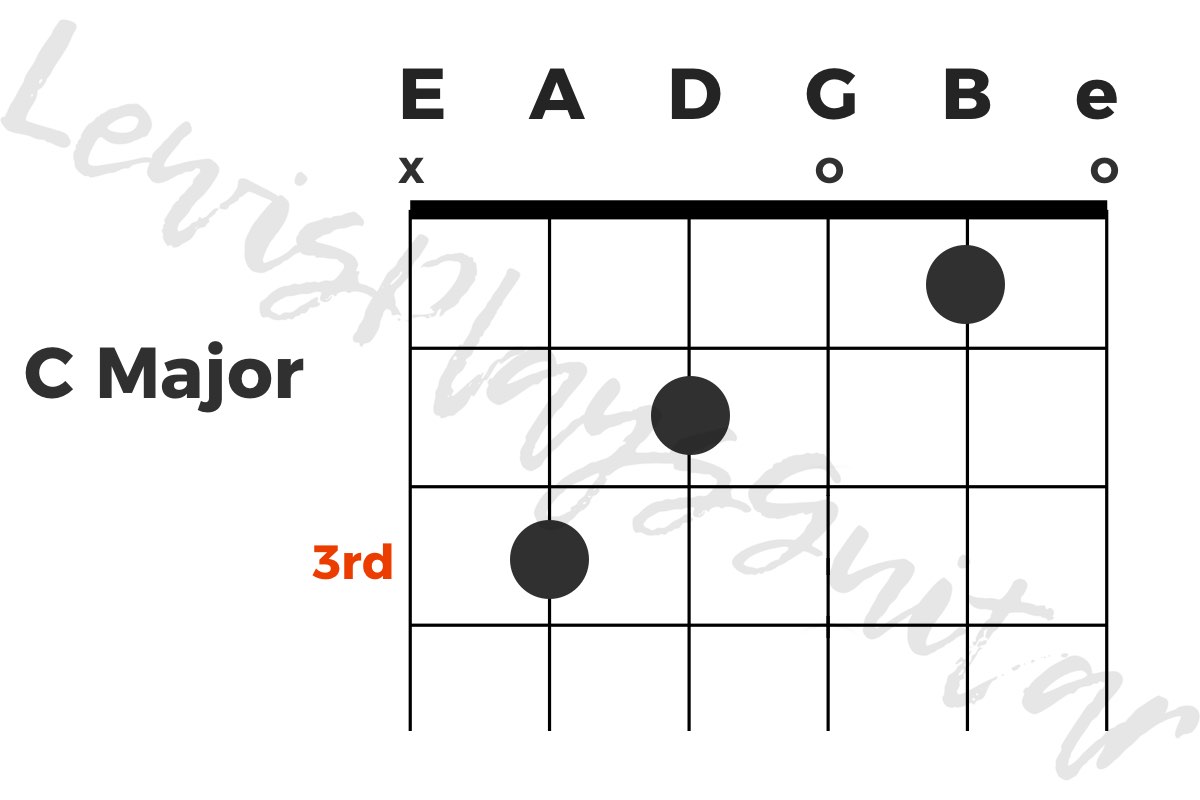
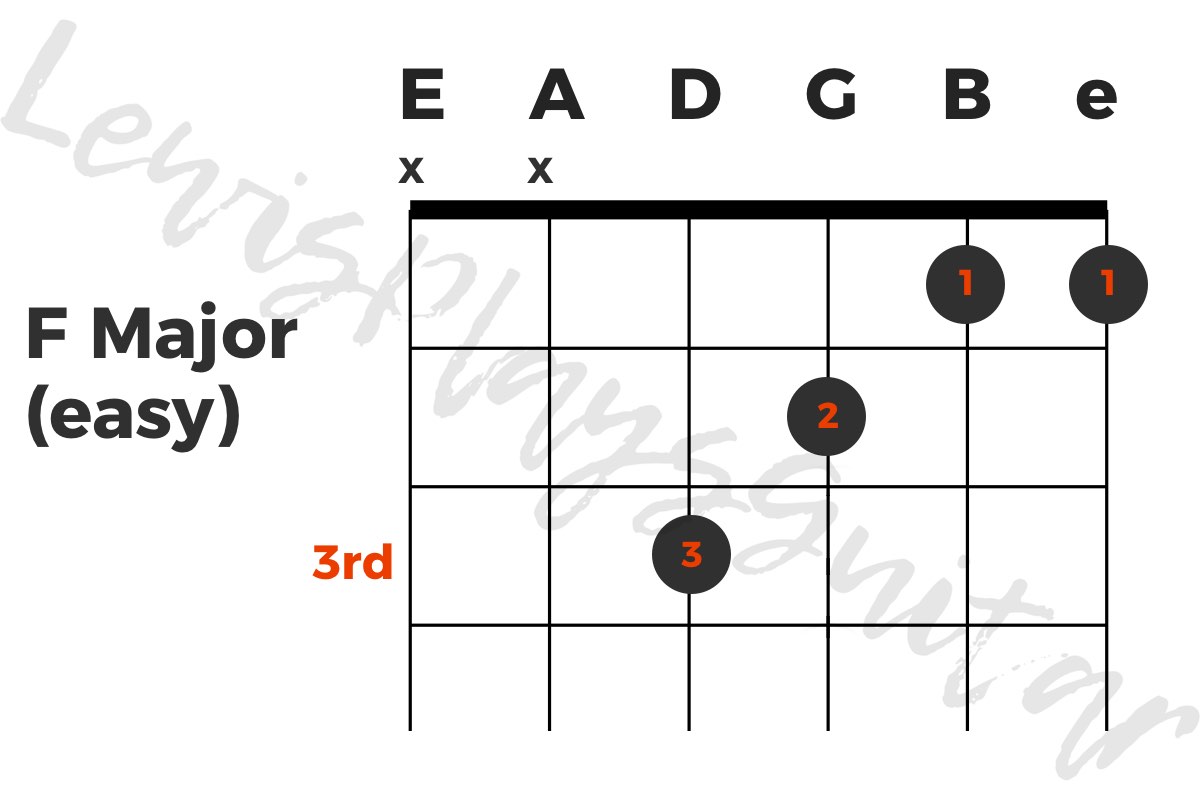
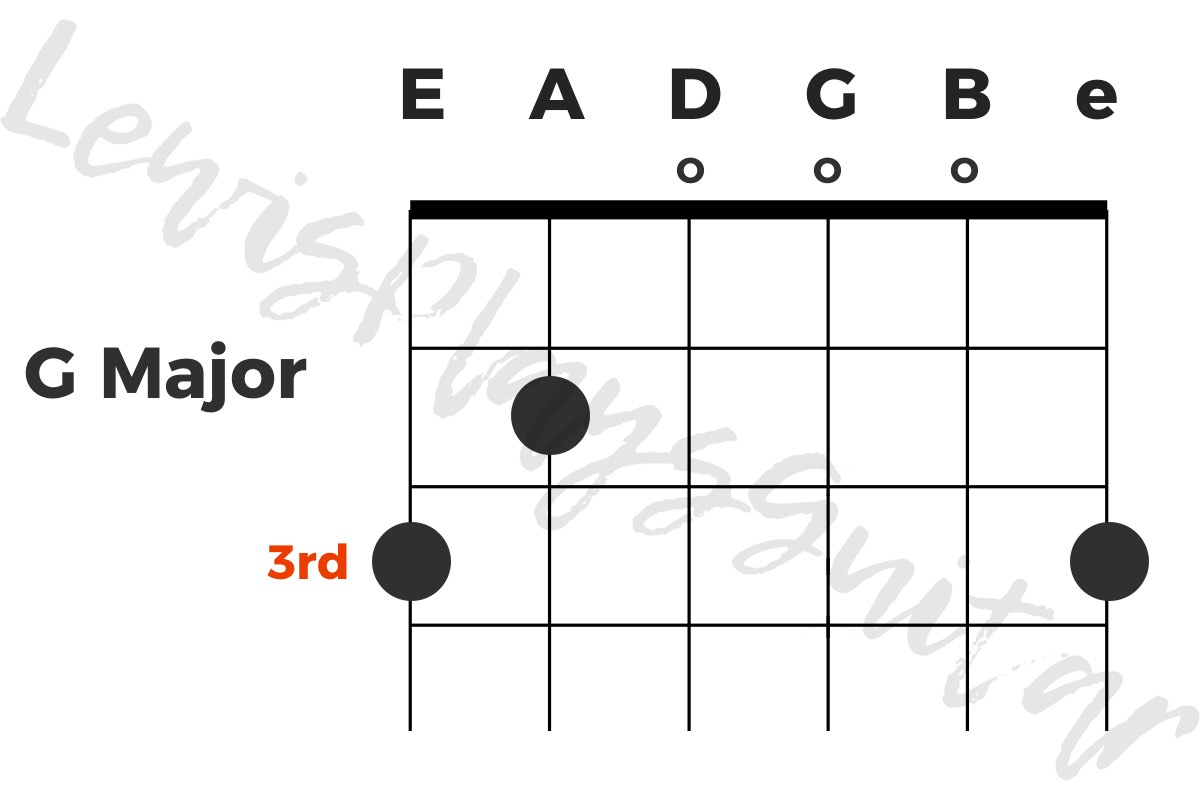

While these new shapes might look intimidating, there is a neat trick. use to change between them easier. If we look at G, C, and D, there is a pattern of 2 fingers that always repeats.

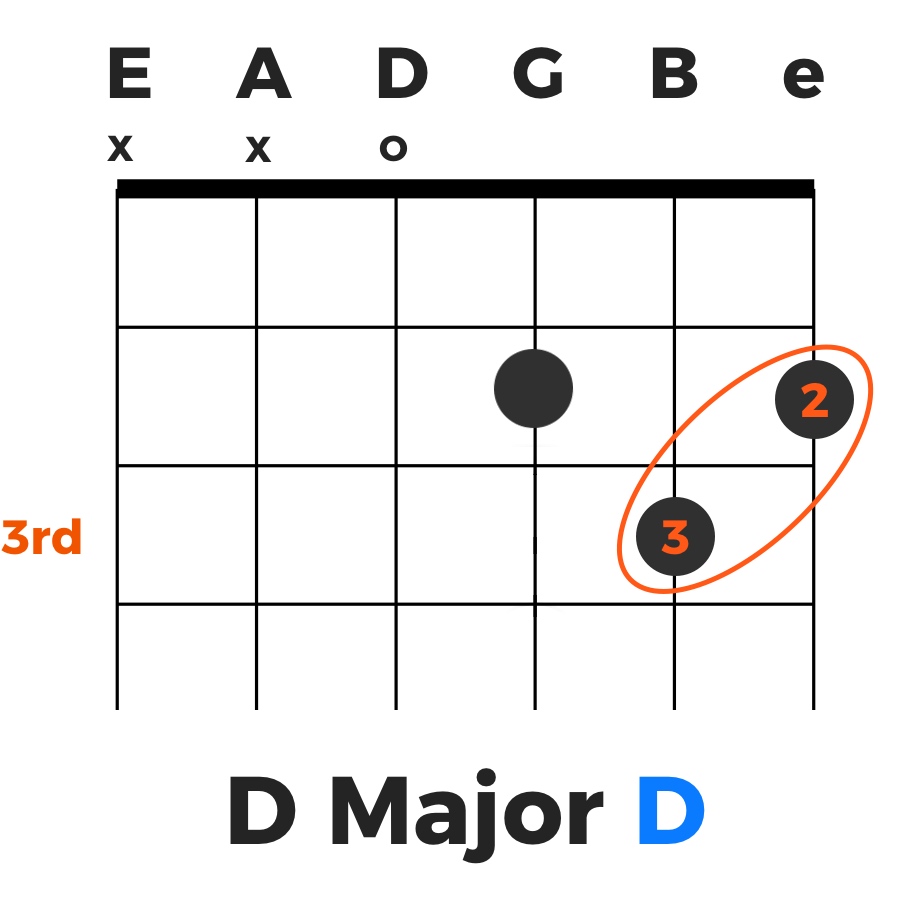
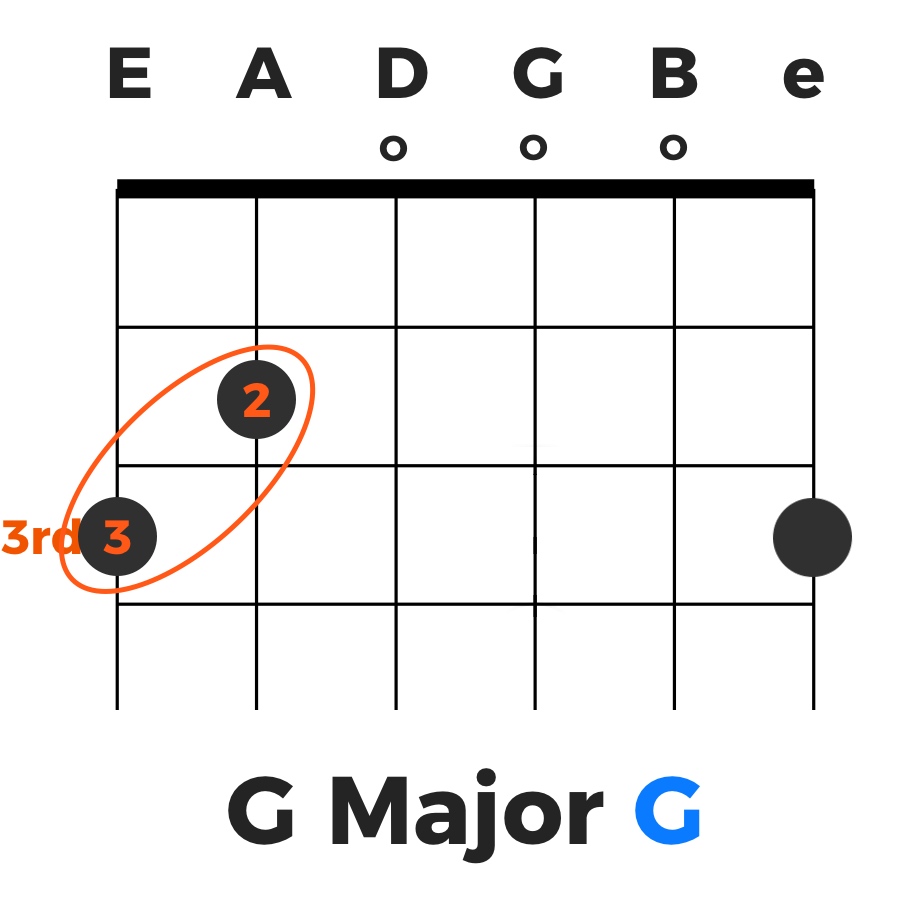
Since we know this pattern exists, we can think ahead and make it easy for ourselves. We can put 2 fingers in that position, keep them there and move our hand without having to move each finger individually. In this case, I would use my 2nd and 3rd finger because I can use my first finger for the C Major, and my pinky finger for G Major. The G stretch will be tricky to start with, but learning it this way will make changing a lot easier in the long run!
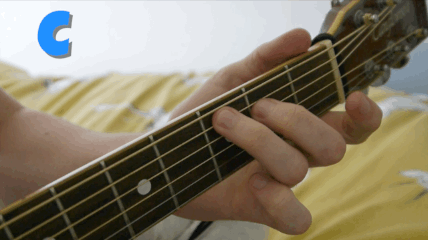
So remember, take your time, and get comfortable with the chord shapes and the changes. This part will take a little longer than most but it is where the biggest improvements come from.
These are important as they are the most commonly used chords, especially as a guitarist. There are some chords that we have not spoken about and these are B major, B Minor, C Minor, F (Full-Shape), F Minor, and G Minor, but these are all covered by one popular shape: The Barre Chord.




